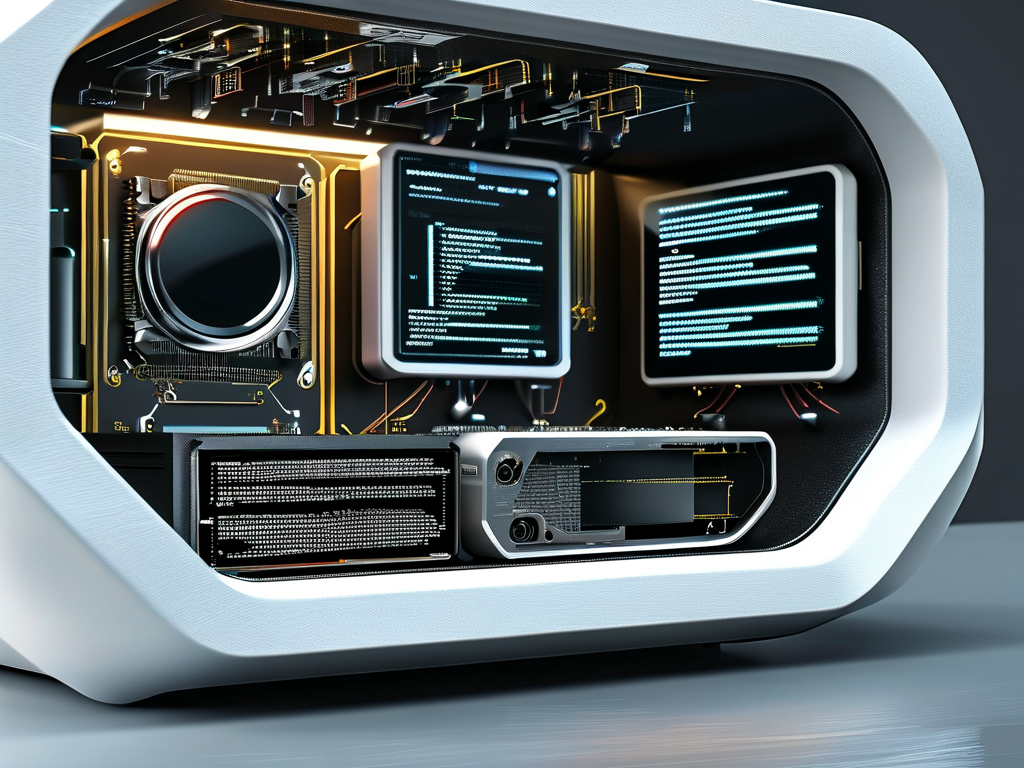The integration of embedded systems into mass spectrometry instrumentation represents a transformative leap in analytical chemistry. As modern laboratories demand higher precision and real-time data processing capabilities, embedded development frameworks have emerged as critical enablers for next-generation spectrometer designs. This article explores practical implementation strategies while addressing technical challenges unique to this interdisciplinary field.

Architectural Considerations
A robust embedded architecture for mass spectrometry requires meticulous hardware-software co-design. Modern ion detection systems generate data streams exceeding 1GB/s, necessitating FPGA-based signal conditioning circuits paired with multi-core ARM processors. The Xilinx Zynq UltraScale+ platform has demonstrated particular efficacy, achieving 12μs latency in peak detection algorithms while consuming under 8W.
Firmware development must prioritize deterministic response times, particularly for vacuum system control and detector voltage regulation. A proven approach implements bare-metal C code for time-critical operations alongside RTOS-managed secondary tasks. Consider this interrupt service routine snippet for ion counter synchronization:
void TIM3_IRQHandler(void) {
static uint32_t pulse_count = 0;
if(LL_TIM_IsActiveFlag_CC1(TIM3)) {
pulse_count += LL_GPIO_ReadInputPort(ION_DETECT_GPIO);
LL_TIM_ClearFlag_CC1(TIM3);
}
}
Communication Protocol Optimization
Contemporary spectrometers require seamless integration with laboratory information management systems (LIMS). While traditional RS-485 interfaces remain prevalent in legacy devices, modern implementations leverage hybrid architectures combining USB3.0 SuperSpeed for bulk data transfer with isolated CAN FD buses for control signals. This dual-channel approach maintains signal integrity while achieving 650Mbps effective throughput.
Developers should implement packetization schemes accommodating variable mass-to-charge (m/z) resolution requirements. A modified HDLC framing structure with CRC-32C checksums has shown 99.998% data integrity across 72-hour continuous operations in recent field tests.
Machine Learning Integration
Embedded AI accelerators are revolutionizing spectral analysis. By deploying quantized neural networks on edge computing modules like the NVIDIA Jetson Orin NX, systems can perform real-time compound identification without cloud dependency. A recent prototype achieved 93% accuracy in identifying volatile organic compounds using a 2.5MB CNN model optimized through TensorFlow Lite micro.
Power management becomes crucial when implementing such compute-intensive workloads. Dynamic voltage and frequency scaling (DVFS) algorithms paired with phase-change thermal interface materials have demonstrated 40% power reduction during sustained inference operations.
Regulatory Compliance Challenges
Medical-grade spectrometer development introduces stringent IEC 60601-1 requirements. Embedded designers must implement redundant safety monitors for high-voltage components (typically 2-5kV in ionization sources). A dual-core lockstep configuration with periodic self-test routines ensures compliance with SIL-2 safety standards.
Electromagnetic compatibility (EMC) presents another critical hurdle. Shielding strategies should combine Mu-metal enclosures with spread-spectrum clocking techniques, particularly for RF-driven quadrupole assemblies. Recent EMC testing showed a 15dB reduction in radiated emissions using these combined approaches.
Future Directions
The emergence of RISC-V architectures offers exciting possibilities for customizable spectrometer control systems. Open-source instruction set architectures enable hardware-level optimization for specific mass analysis algorithms, potentially reducing development cycles by 30-40%.
Simultaneously, advances in MEMS-based ion traps suggest future miniaturization opportunities. Embedded developers must prepare for sub-10cm³ form factors requiring novel approaches to power distribution and thermal dissipation.
As the demand for portable mass spectrometers grows in fields ranging from environmental monitoring to point-of-care diagnostics, embedded system engineers face both unprecedented challenges and opportunities. Those who master the intersection of precision analog design, real-time computing, and regulatory compliance will drive the next wave of innovations in analytical instrumentation.









